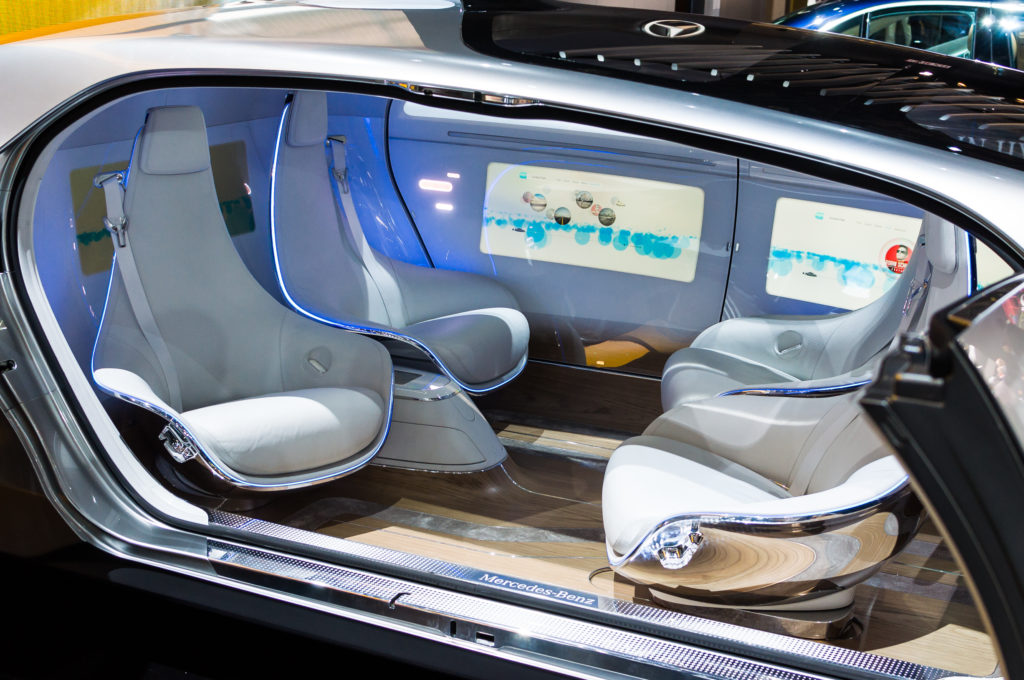A future with automated vehicles has been in sharp focus in every trend-watcher’s crystal ball for the past few years, with plenty of discussion about federal, state and local transportation policy, safety protocols, and whether self-driving cars can truly operate successfully in defensive driving mode to pass the Zombie Kangaroo Costume Challenge.

Photo by Gust
Last month, an autonomous Uber vehicle failed the safety challenge when it fatally struck a pedestrian in Tempe, Ariz. According to the National Council of State Legislatures, twenty-two states and Washington D.C. have enacted legislation related to autonomous vehicles.
A recent NAHB poll found that 59 percent of adults in the U.S.—especially Millennials and Gen X— would consider the possibility of buying an automated vehicle sometime in the future if it were safe and affordable.
As automated vehicles do become more prevalent, a recent report from University of California, Davis, and the Institute for Transportation and Development Policy envisions three potential scenarios for the future:
1) Business-as-usual: the status quo use of human-driven cars through 2050;
2) Two Revolutions: A technology-oriented outcome with a proliferation of electric and automated cars and increased vehicle-miles—but that maintain the pattern of single-occupancy vehicles;
3) Three Revolutions: technology that not only embraces autonomous, electric vehicles, but also increases transportation efficiency with widespread private car sharing, increased transit performance, strengthened infrastructure for walking and cycling, and reduced vehicle-generated pollution.

Photo by Kristain Baty
Of course, automated vehicles will not only impact travel. How will they affect where people live? Take a look at some prognostications:
- Longer commutes. The stress of driving goes way down when it’s not you behind the wheel – so why not move out to that house in the country? Marketwatch predicts bedroom communities that stretch as far as 80 miles away.
- Higher densities in cities. Autonomous fleet vehicles in urban areas are expected to reduce the demand for parking spaces, creating room for more residential units instead of car storage. NAHB Chief Economist Robert Dietz notes that this prospective growth in multifamily development could also help drive down rents.
- An uptick in garage remodeling. In one futurist’s vision, garage space becomes the next tiny home or accessory dwelling unit and a source of extra rental income as single-family homes reduce car ownership under the automated vehicle trend.
- Transit-oriented development becomes an oxymoron. If growth in driverless cars, shuttles and buses makes fleet transportation available on demand, it is possible that neighborhoods built around transportation hubs could become quaint relics of the past.
Finally, as we hurtle toward the future of transportation transformed by automated vehicles, one may wonder: if a self-driving car violates the law, can it get a ticket? At least in San Francisco, the answer is yes: a city police officer recently issued a ticket to an autonomous GM Cruise vehicle for failure to yield to a pedestrian in a crosswalk. The Cruise is reportedly contesting the ticket.
Post by Deborah Myerson, Executive Director at South Central Indiana Housing Opportunities (SCIHO) in Bloomington, Indiana.

